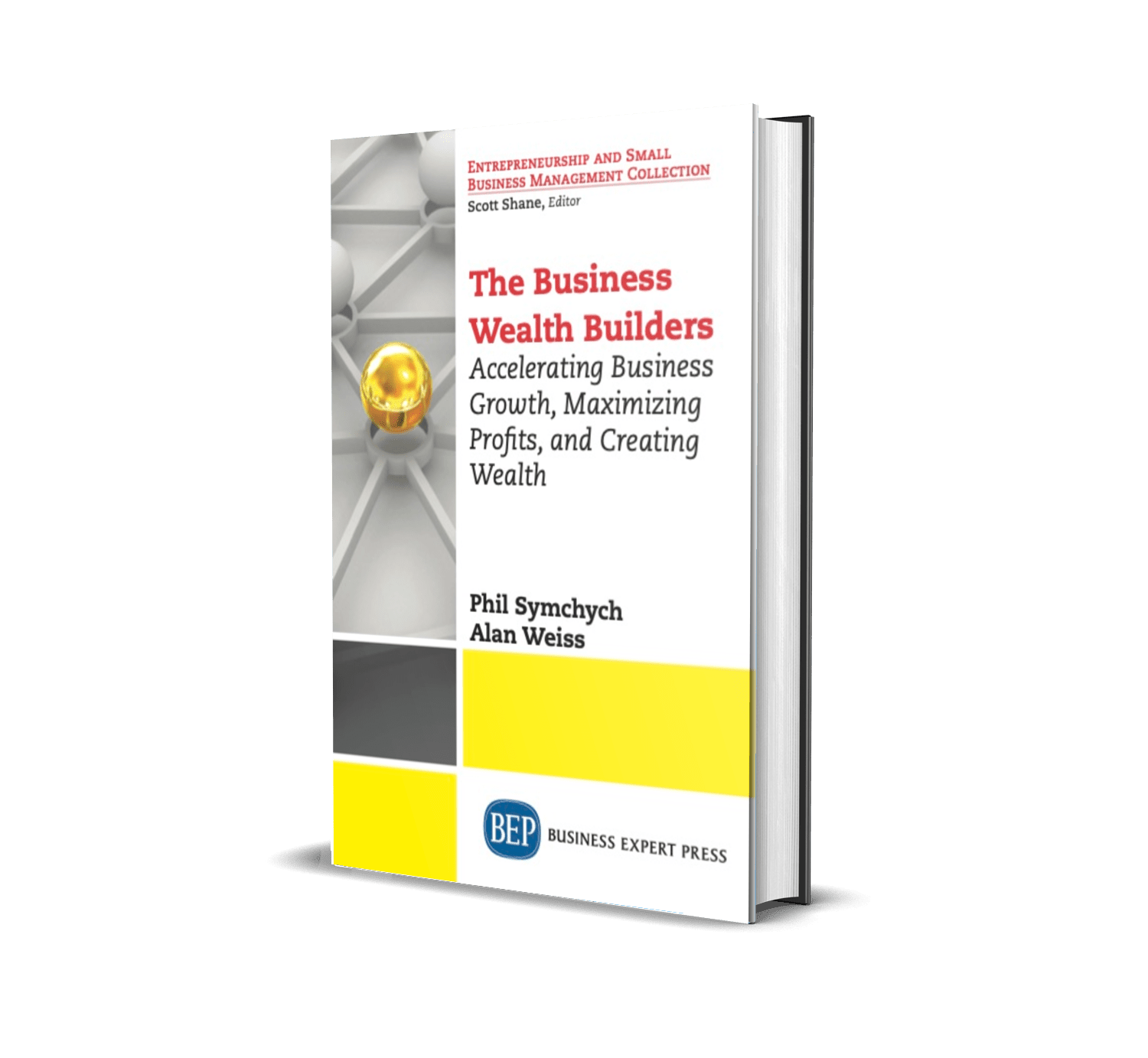Strategy is the proactive focus and alignment of your resources so you can provide optimal value to your ideal customers. It is how you create your ideal future business.
Your strategy is not about your technical skills or your methodologies or processes. It’s about the results you create for your customers and clients. They probably don’t care about how you do your thing; they care about the results you create.
For example, one of my clients grew from $26 million to $37 million, or approximately 40%, in one year. More importantly, profit grew 293%.
That was their result. But they grew because they showed their customers how they could help them improve their business operations, grow revenue, and enhance capacity without capital expenditures or spending new money. They showed their customers a powerful Return On Investment. And their customers wanted those results and ROI.
What ROI do you provide to your customers?
Let’s explore my definition of strategy, piece by piece.
Figure 22.1 The five parts of strategy.

Proactive
- You should define and create your own ideal future.
- Where do you want to be in terms of offerings, industries, geographies, revenues, profits, team, capacity, and most importantly, culture.
- What percentage of your leadership team’s time is spent on proactively planning for the future? What should it be?
- What percentage of your revenues come from answering the phone and responding to Request for Proposals (RFPs) vs your proactive business development efforts?
- How much business could you generate if you called your best customers and offered them long term contracts with favorable terms that increased their results?
Focus and Align
- How have you communicated your ideal future to your employees and your customers?
- Are you measuring performance and rewarding people based on your ideal future?
- Does everyone know where the company is heading?
Resources
- These include: time, people, money, energy, creativity, innovation, customer relationships, historical knowledge, and intellectual property.
- What are your best resources? They’re probably not on your balance sheet!
- What resources will you need in the future that you don’t have now? How will you get them: make or buy?
Optimal Value
- This is all about your customers’ results. How do you impact your customers so they improve their business results and take care of their customers?
- How can you quantify your value and results for your customers? Think in terms of increased growth of revenues and capacity, more speed, improved quality, and enhanced competitive position.
- Quantifying the value and results you create can help you to attract more business at higher margins and strengthen your competitive position.
Ideal Customers
- Who would you like to work with that you’re currently not?
- Who are your most profitable and least profitable customers?
- What can you do to improve the margins on the low profit customers?
- How can you protect and strengthen your relationships with your best customers?
- How can you sell more to them?
- What do your customers’ ideal futures look like and how can you help them get there?
Strategy is about helping your customers increase their success, and this increases your success.
Strategy is outward focused. Planning, on the other hand, is inward focused. Both are necessary, but strategy must come first.
Strategy differentiates you from cost competition because you provide more value, and a higher return on investment, to your customers. In fact, your returns may be so high they may exceed other internal activities, and they’ll invest even more with you!
Strategy is about results: your customers’ results, and your results.
Growing 40% in one year is the result of a good strategy. What’s your growth potential?
If you’d like to discuss how I can help you refine your strategies, please call me at 1-306-992-6177 or send me an email at [email protected].
Thanks for reading! Please feel free to share this newsletter.


